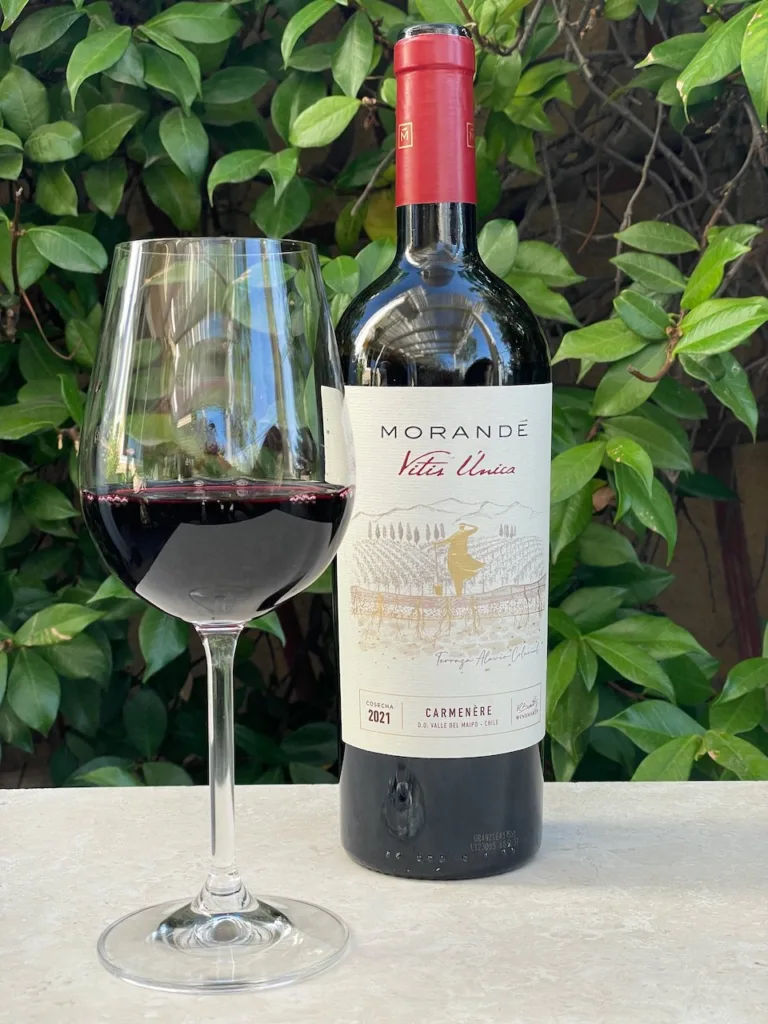 Crisis distillation is back in the news. For those unfamiliar with this wine business term, crisis distillation refers to government programs that buy surplus wine and distill it into industrial alcohol. The point isn’t to increase industrial alcohol supplies but to support prices and incomes in the wine sector by taking excess supply off the market.
Crisis distillation is back in the news. For those unfamiliar with this wine business term, crisis distillation refers to government programs that buy surplus wine and distill it into industrial alcohol. The point isn’t to increase industrial alcohol supplies but to support prices and incomes in the wine sector by taking excess supply off the market.
Crisis distillation has a long history in the European Union. You might remember that some countries authorized crisis distillation just a few years ago during the COVID-19 pandemic. Public health restrictions hit on-trade wine very hard in some places where producers rely heavily on bar and restaurant sales (a more significant factor in Europe than here in the U.S.). The crisis was short-lived, but distillation was a significant factor while it lasted.
Distillation was a persistent feature twenty years ago, however. EU price support programs encouraged the production of low-quality wines that were poorly suited to highly competitive market conditions. Distillation programs bought the surplus wine that resulted. It was an expensive way to stabilize wine-grower income and, for a while at least, it seemed like it would go on forever, getting more and more costly each year.
It was reported at the time that Britain’s Prince (now King) Charles had his Aston Martin configured to run on a grape alcohol-rich fuel blend. Plonk power! I wonder what other uses they found for the enormous
This Article was originally published on The Wine Economist






